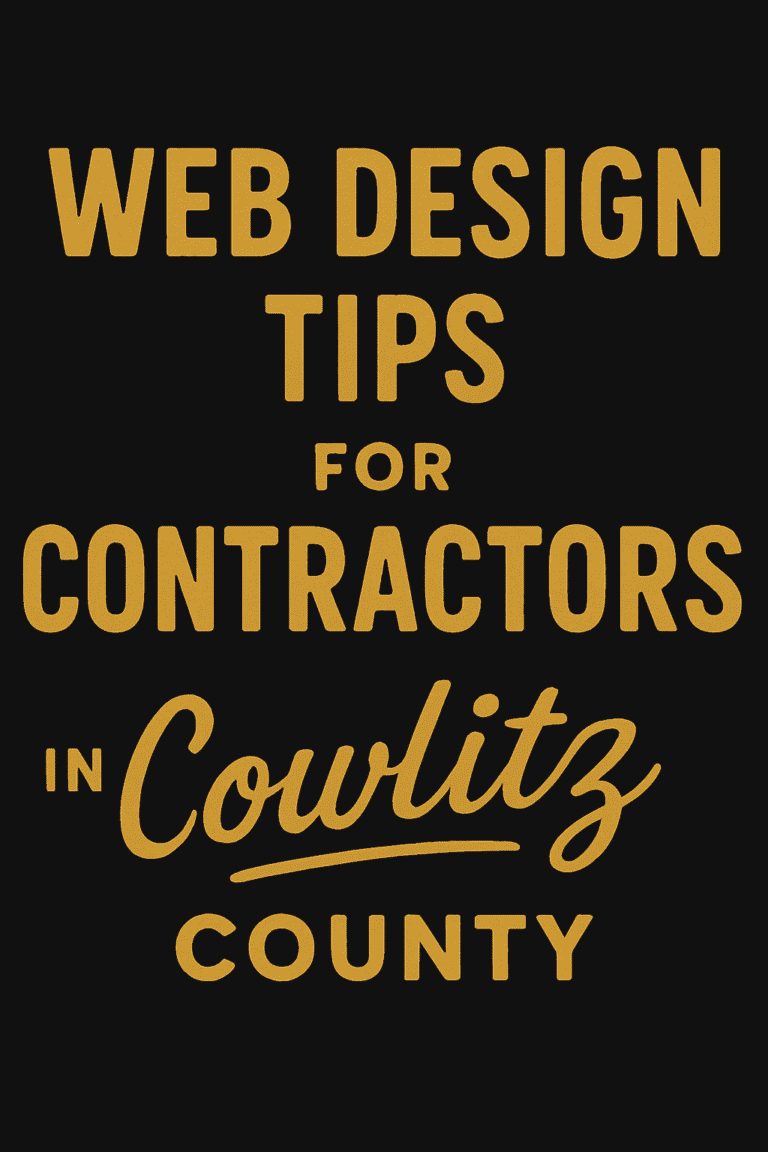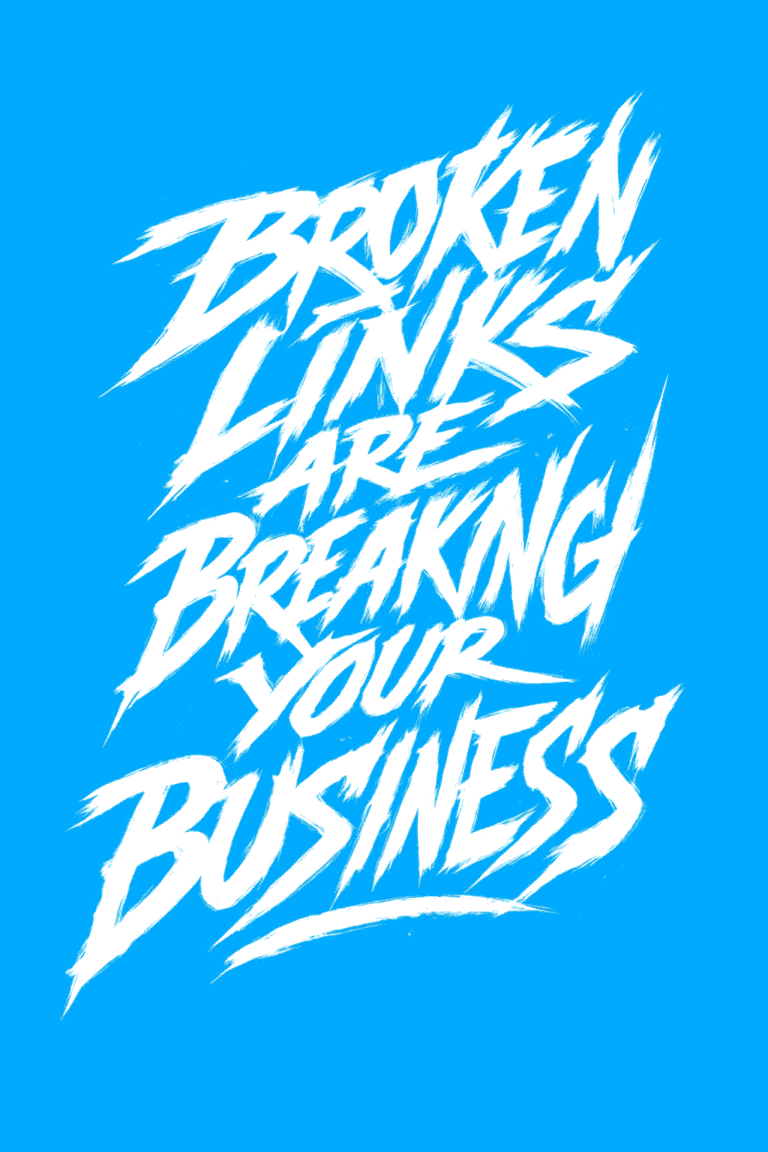
WordPress is a popular content management system that is used by millions of websites around the world. While it is known for being a user-friendly platform, it still requires regular maintenance in order to function at its best. In this blog post, we will provide you with a WordPress website maintenance checklist for 2023. This will help you ensure that your website is running smoothly and prevent any potential problems from arising.
Why is it important to maintain your website?
A neglected WordPress website is prone to security vulnerabilities and can be difficult to update or manage. Performing regular maintenance tasks helps protect you from malicious attacks, manage plugin/theme updates, optimize performance, and ensure that your WordPress site runs smoothly.
2023 WordPress Maintenance Checklist
Here are some of the key tasks that should form part of your 2023 WordPress maintenance checklist:
Back up your site regularly:
It’s essential that you back up your website on a regular basis. This will ensure that if anything goes wrong, you have a copy of all the data and files on your website. You should take a backup of your entire website at least once per day.
Update WordPress core, themes and plugins:
WordPress regularly releases updates to its core software, as well as to themes and plugins. It is important that you keep these up-to-date in order to ensure that your website runs smoothly and remains secure. You should also delete any old plugins and themes that you no longer use.
Check for conflicts:
It is common for plugins and themes to have conflicts with each other. It’s important to check for these by testing all your plugins and themes to make sure that they are compatible with each other. This can be done manually by testing each plugin/theme individually or by using a plugin such as WP Conflict Checker, which will scan your website for compatibility issues. If you find any problems, then it is recommended that you deactivate the conflicting plugin/theme immediately.
Manage user roles:
If your website has multiple users, it is important to ensure that they have the correct user roles. This will help protect sensitive data from being accessed by unauthorized personnel. You should also regularly review any changes or access requests made by your users.
Optimize your database:
Your WordPress website’s database is where all of the site data is stored. It can become cluttered over time, which can lead to slow loading times and error messages. To keep your database running smoothly, you should regularly clean up any redundant or orphaned records in the database.
Optimize images for size:
Large images can cause your website to load slowly. To optimize the size of your images, you should use a plugin or an online tool like TinyPNG to compress them before uploading. This will help reduce loading times and improve user experience.
Visually inspect your website:
It is important to check your website on a regular basis and make sure everything is working as it should be. This includes checking for broken links, displaying images correctly, having correct text formatting, and ensuring that all forms are working properly.
Verify broken links:
Broken links can have a negative impact on your website’s SEO, as well as the user experience. You should regularly check for any broken internal or external links, and replace them with working ones if necessary.
Test Forms and Contact Pages:
Contact forms and other user input forms should be tested regularly to make sure that they are working correctly. If you discover any problems, then you can fix them before your users encounter any issues.
Change passwords:
It is important to change your passwords regularly. Make sure that the passwords you use are secure and not easy to guess. You can also use a password manager such as LastPass or Dashlane to generate strong passwords and store them securely.
Monitor security threats:
It is important to keep an eye out for any security threats or vulnerabilities that may affect your website. You should use a reliable security plugin to monitor your website and alert you of any potential issues.
Utilize security plugins:
Security plugins are a great way to protect your website from malicious attacks. They can scan for malware, block suspicious IPs, prevent brute force attacks and more. Make sure you’re using a reliable security plugin that is regularly updated in order to ensure that your website remains secure.
Clean up malware, if necessary:
If your website is infected with malware, it is important to take action as soon as possible. You should scan your website for any malicious code and then use a reliable anti-malware plugin to remove it.
Check Google Search Console:
Google Search Console is a free tool from Google which allows you to monitor the performance of your website in search engine results. You can use it to check for any errors, find opportunities to improve your ranking and more. It should be checked regularly in order to ensure that your website is performing optimally.
Keep an eye on analytics:
Analytics tools like Google Analytics provide you with valuable information about how visitors interact with your website. You can use this data to identify any issues or opportunities for improvement. Regularly checking your analytics and acting on the insights that they provide is an essential part of keeping your website up-to-date.
Ensure that you have the latest version of PHP installed:
WordPress requires a certain version of PHP in order to run properly. You should ensure that you have the latest version of PHP installed and running on your server, as this will help prevent any compatibility issues. In order to do this, you should contact your hosting provider or web developer.
Reduce spam comments:
Spam comments are a common problem on WordPress websites. To combat this, you should use plugins that filter out spam comments and delete any existing ones in your database. This will help improve the usability of your website, as well as reduce security threats.
Check performance:
Your WordPress website’s loading speed and performance should be monitored regularly. There are several tools available that can help you keep an eye on the speed of your website, such as Google’s PageSpeed Insights or GTMetrix.
Downtime monitoring:
It is important to check for any downtime on your website. You should use a reliable uptime monitoring service such as Uptrends or Pingdom in order to keep track of the availability of your website. If you notice any unexpected downtime, then you can take action to fix it quickly.
Check your SEO rankings:
Your WordPress website’s SEO rankings should also be monitored on a regular basis. You should use tools such as Google Search Console or Ahrefs to check your rankings and make sure that you are consistently appearing in relevant search results. This can help improve traffic to your website.
Audit your content:
You should audit the content on your website regularly. You should make sure that all of your content is up-to-date and relevant to your users. If any of your content is outdated or no longer relevant, then it should be removed from your website. This will help improve the user experience and keep people coming back to your website.
Test regularly:
It’s essential that you test your website on a regular basis. This will help ensure that everything is working as expected and prevent any potential problems from arising. You should also consider setting up a staging environment, so that any changes you make to the live site can be tested before going live. This will help minimize the risk of any issues occurring in production.
Wrapping it up
As you can see, there are a lot of factors to consider when it comes to WordPress website maintenance. By following this WordPress website maintenance checklist for 2023, you can rest assured that your site will be running smoothly and efficiently all year long. However, if you don’t have the time or resources to dedicate to maintaining your WordPress website on your own, consider hiring us. At Graticle, we offer comprehensive WordPress maintenance services that will take care of all the heavy lifting for you so that you can focus on other aspects of your business. Contact us today to learn more about our services and how we can help you keep your WordPress website in tip-top shape. Call (360) 450-3711





